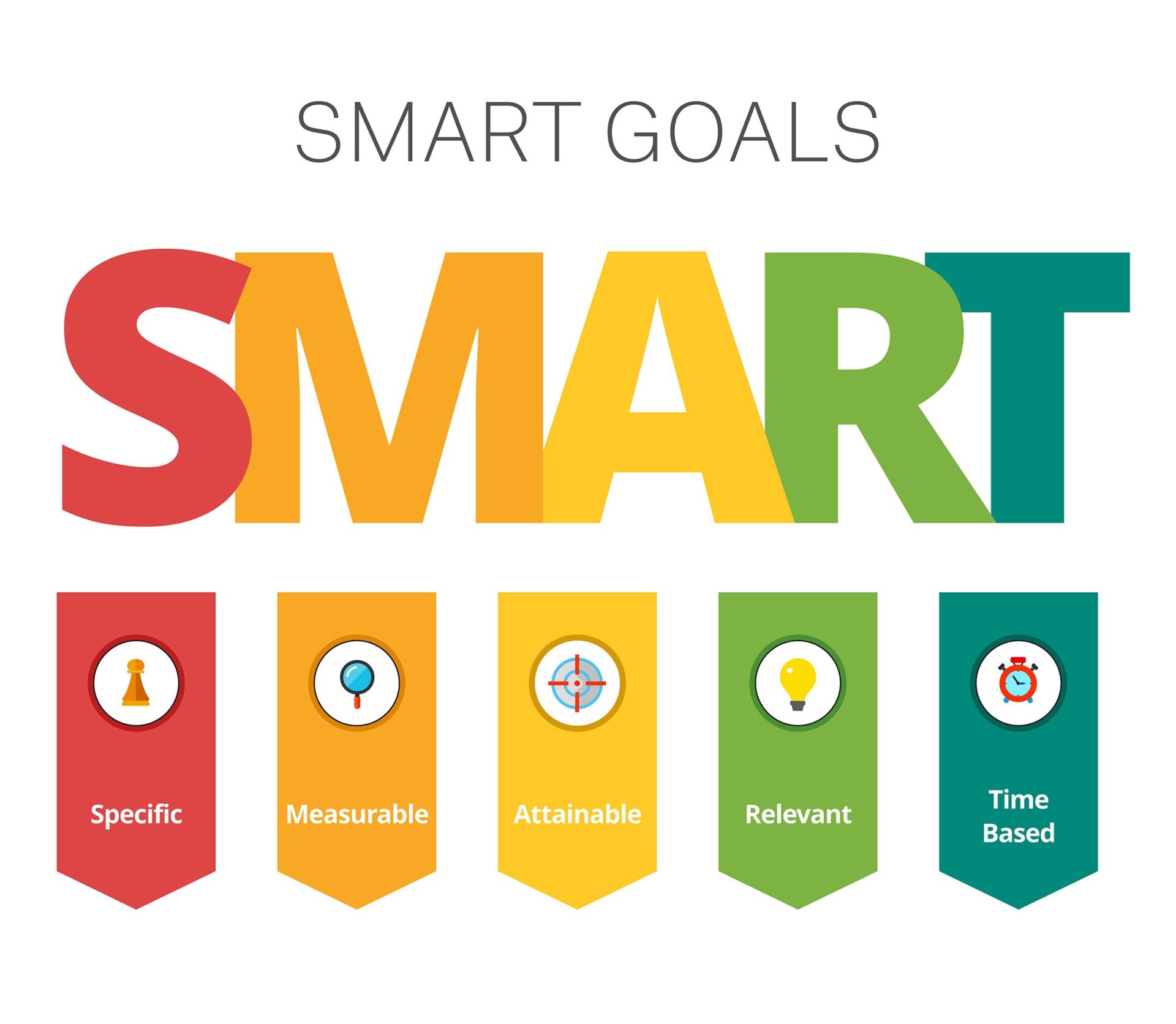A manager needs several characteristics and skills to effectively manage a team. Effective management skills are beneficial for the organization as well as for the team manager. It takes a wide range of knowledge and effective management skills to deal with different types of people, various tasks, and business needs. Without them, it can be difficult to get productive output from your team, which can be disastrous for the organization.
Six fundamental functions are involved in management, these are, planning, organizing, coordinating, directing, leadership and oversight. So, the manager has to have the skills to conquer these areas. These somehow relate to the skills needed to lead your team.
These functions help the manager to do the work in an organized manner. The fundamental functions and management skills go hand in hand as they both works for the benefit of the manager.
These are 10 essential skills for any manager
One vision for all
There should be one vision for all the team members in the team. The team manager directs the team towards the vision of the organization. It is the right direction given by the manager which leads all of the team members towards one vision. The team members should be clear about the purpose so that they can prioritize which initiative they should put first and vice versa
Building good relationships
It is the most important management skill. The manager should communicate and build good relationships with all the team members at all levels. It makes it easier for the members of your team to approach you when they have questions or when they need clarification regarding their work. When you have a good relationship with your team, it becomes easier for you to get through their issues regarding work.
Organizing and strategizing
The manager has to make sure that the workload is managed properly, oversee the work of other employees, attend office meetings and provide training sessions, carry out the appraisals, and review company policies. The strategic part of the management includes strategizing about the company’s growth and policies for the long term period.
Decision making
The manager has to take decisions on a day-to-day basis. The decisions should be taken after considering all the factors. Because the right decisions can take the organization to a higher position as well as bad decisions can make it a disaster. That is why it is called the most crucial management skill.
Clear and effective communication
The team manager is the chain between frontline staff and top management. Clear and effective communication can make the work environment better whereas miscommunication may lead to failure. The team manager has to communicate the priorities, goals, strategies, and information to all the team members. Clear and effective communication helps to run the functions of the organization smoothly.
Problem-solving
The manager has to be supportive towards solving the problems of the team members. Problems occur in every business or organization, but it is the responsibility of the manager to make the right decision at the right time and guide the members of the team to solve the issues. The problems can take place at any time, so you should always be ready for that.
Transparency at the workplace
To encourage creativity and accountability in the team members, the workplace should be as transparent as it could be. So that the employees feel more connected, satisfied, and productive. It builds the trust of the employees towards the workplace and makes them work with more interest. The executives should share the company information with the whole team or individual team members should share feedback with each other.
Developing new ideas
It is important to develop new ideas to solve customers’ problems. The organization also needs new ideas and innovations to increase the efficiency and productivity of the employees. Innovations and new ideas are important in today’s scenario because there is cutthroat competition in the market. The manager should always promote and encourage new ideas of the team members also.
Use of emotional intelligence
Emotional intelligence here refers to a manager’s ability to manage their own emotions as well as of the team members. When the manager himself has the ability to understand, use and manage their own emotions in positive ways to relieve stress, communicate effectively, empathize with others, overcome challenges and solve conflicts. The use of emotional intelligence is helpful for making the right decision at the right time while having concern for your team members also.
Help your team grow and flourish
As a manager, you should support and nurture your team. From solving the issues of the team members to making them reach their goals and dreams, the manager plays a very significant role. Besides encouraging your team to continuously expand their knowledge, you can also nurture and motivate them through positive feedback and outstanding management skills for good work. You can also give suggestions for improvements in their performance. You are also a critic to your team at times, as this can assist them in their professional development.









